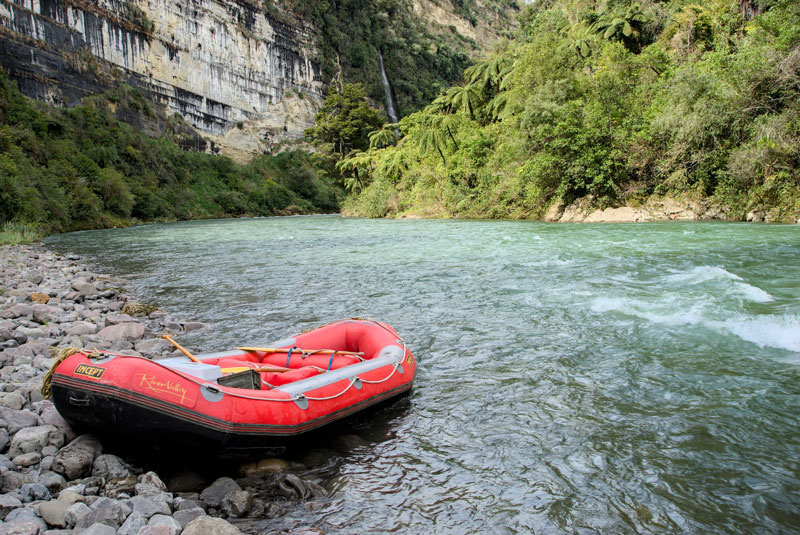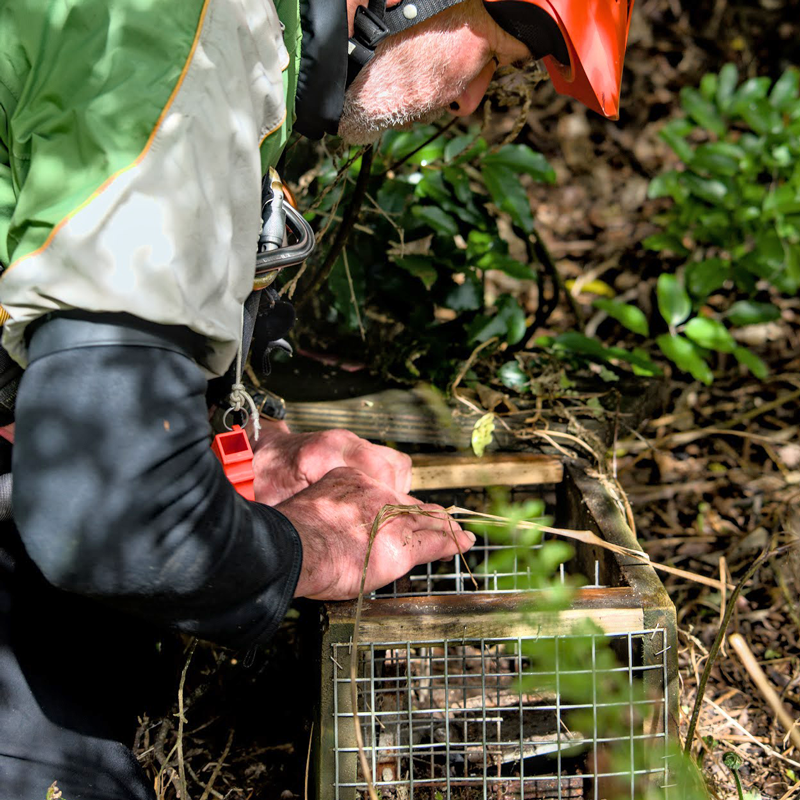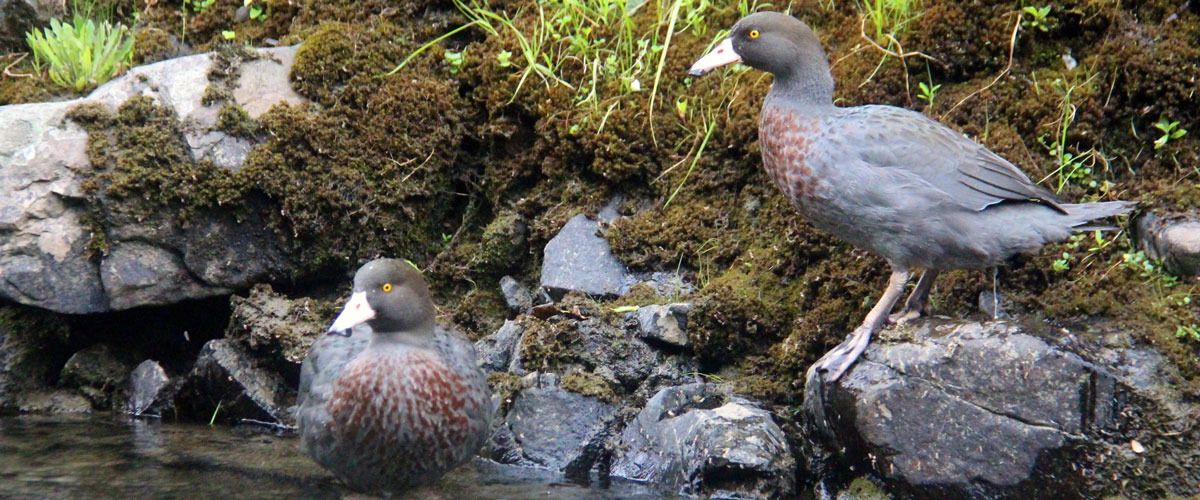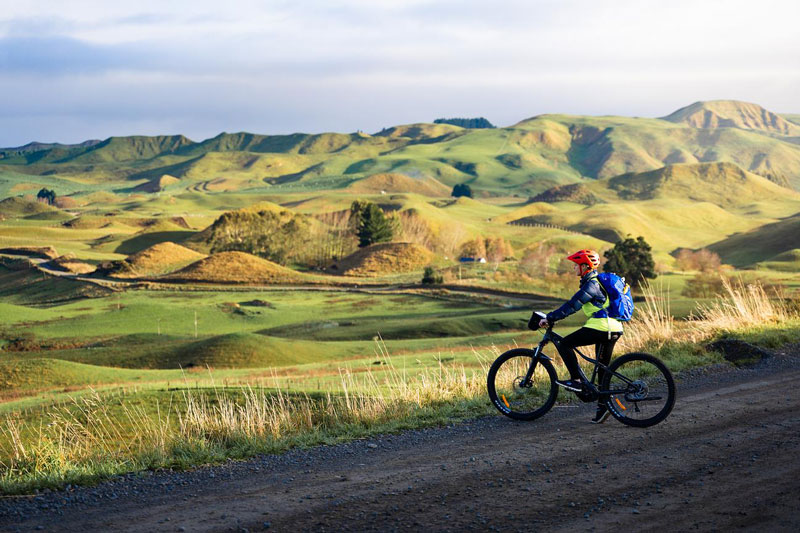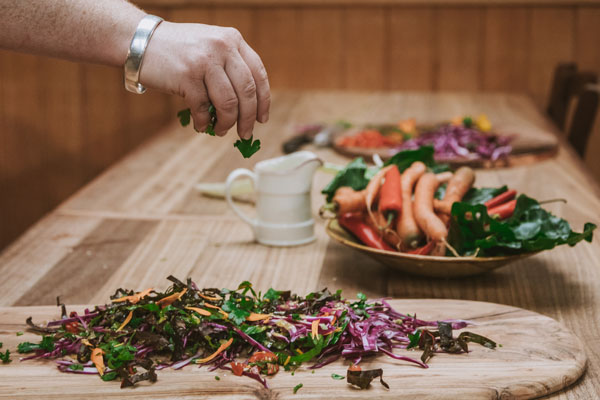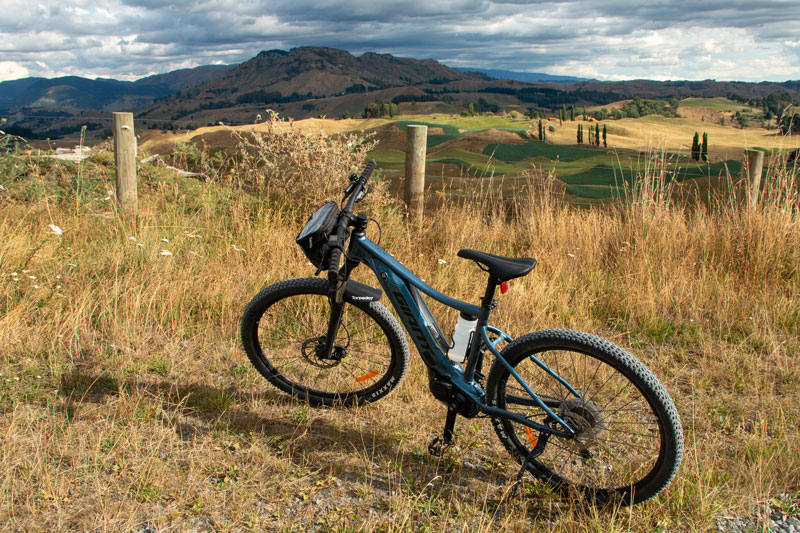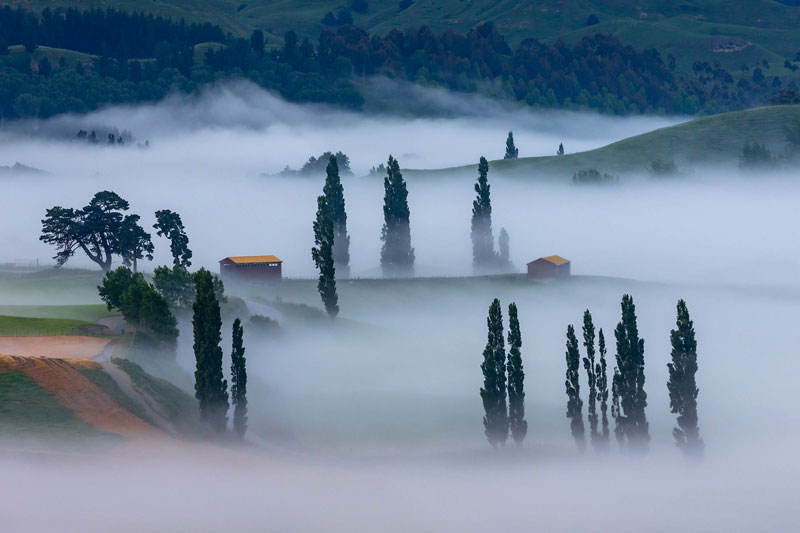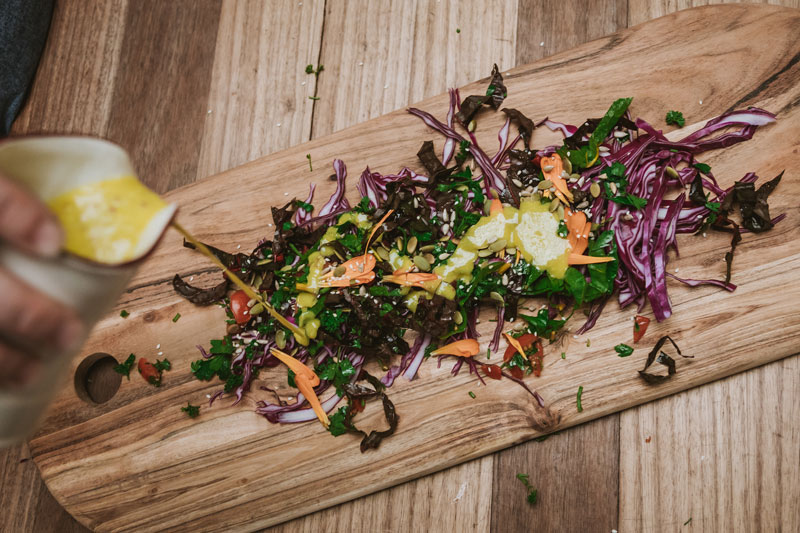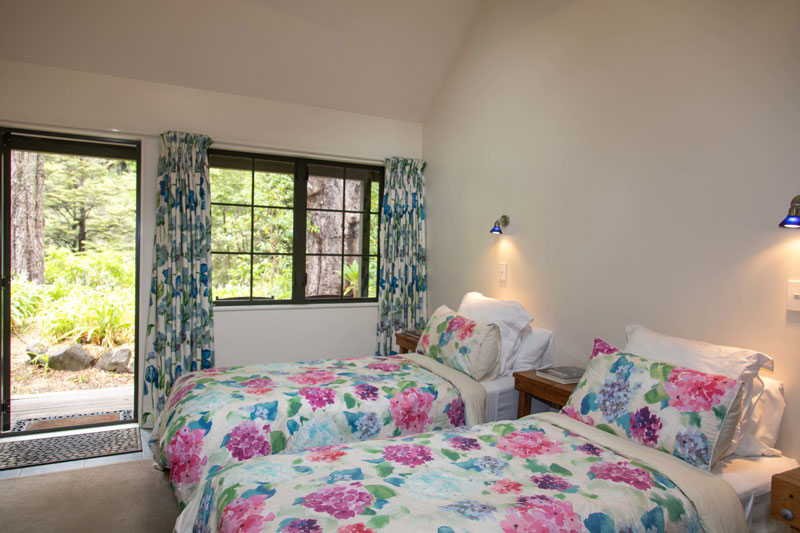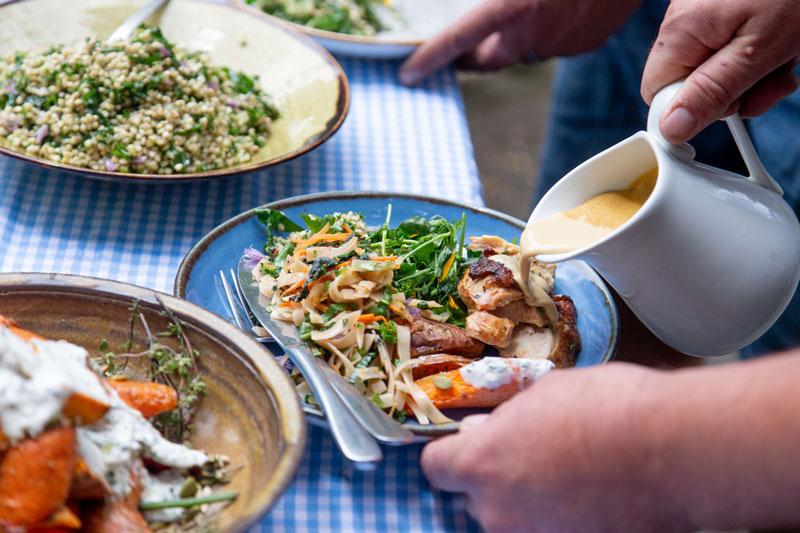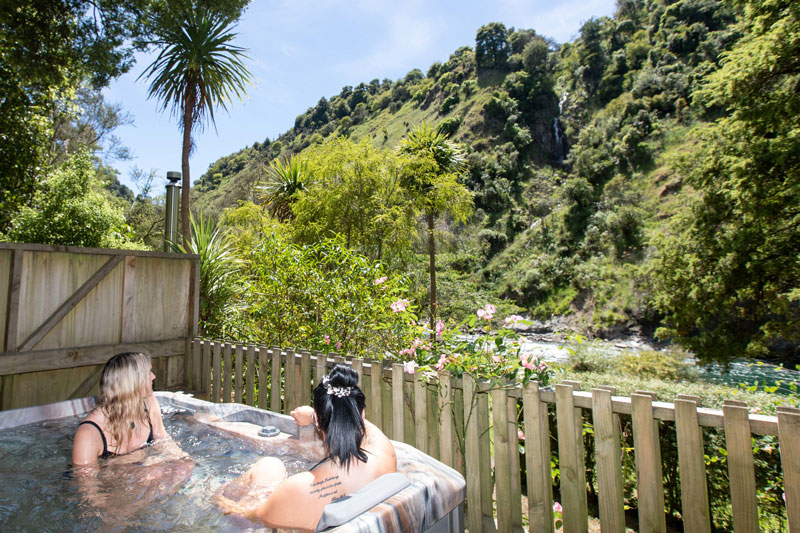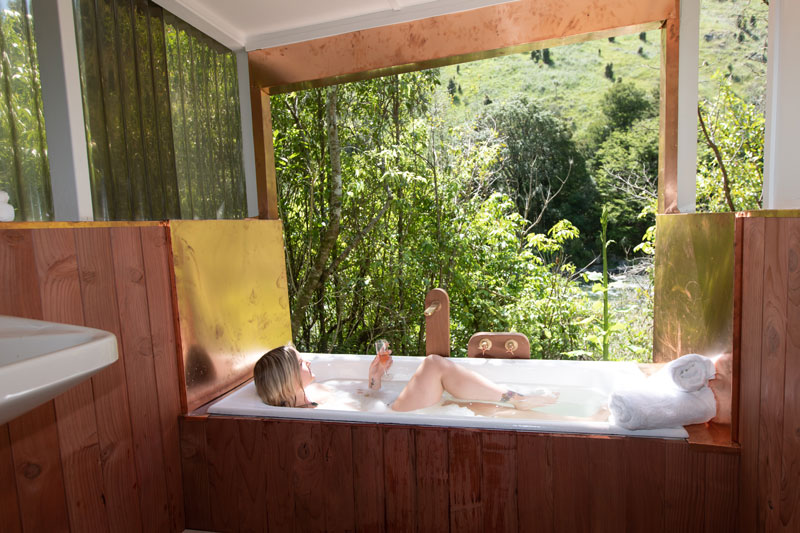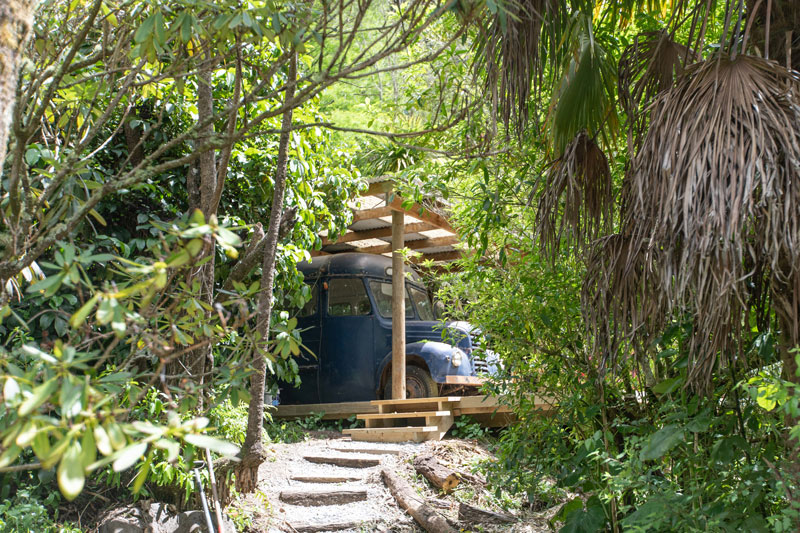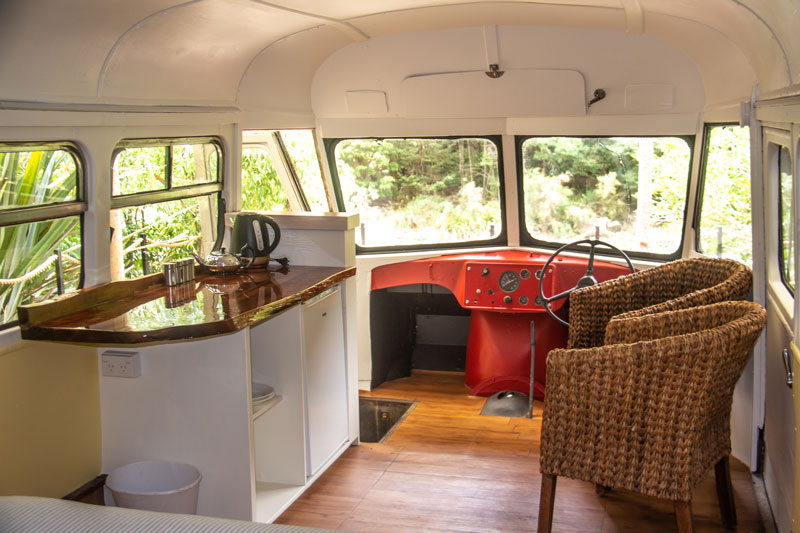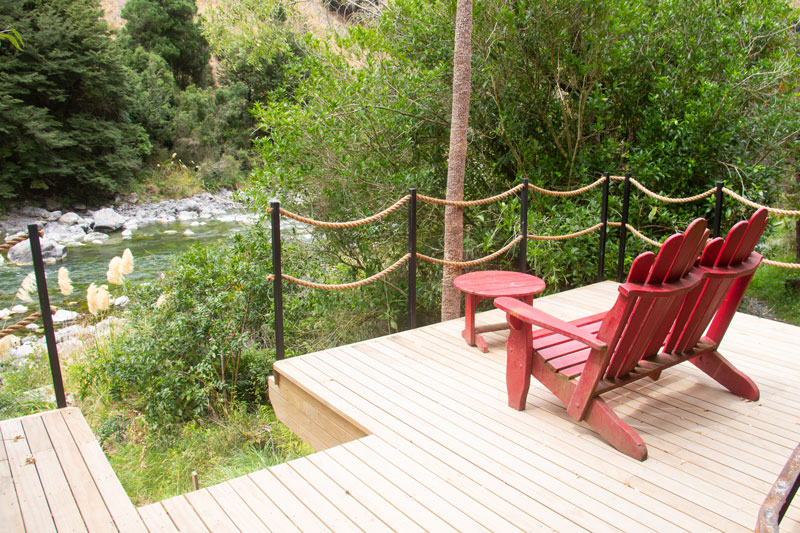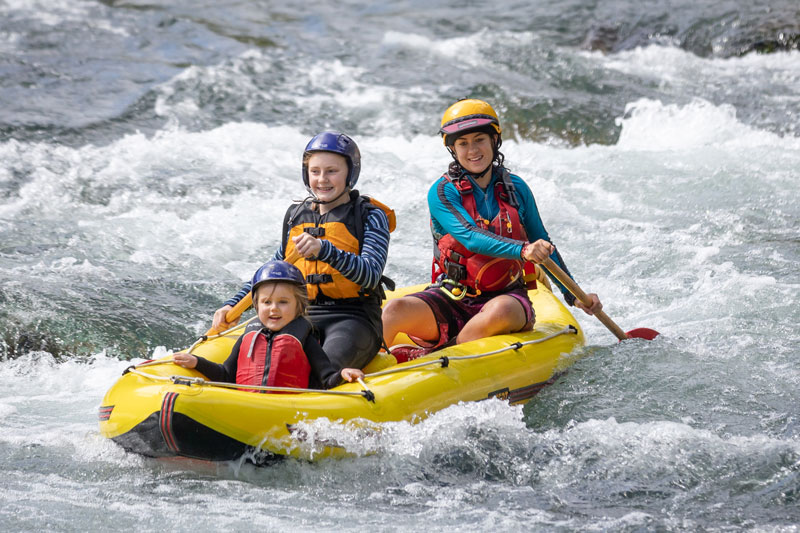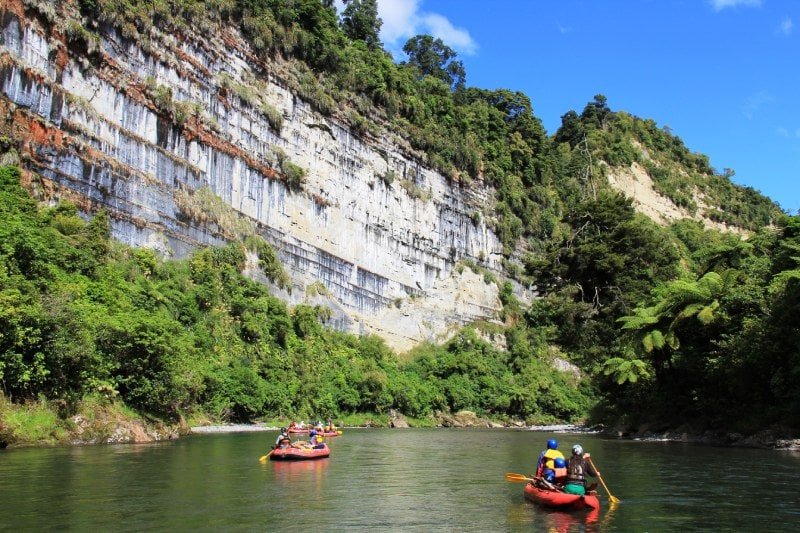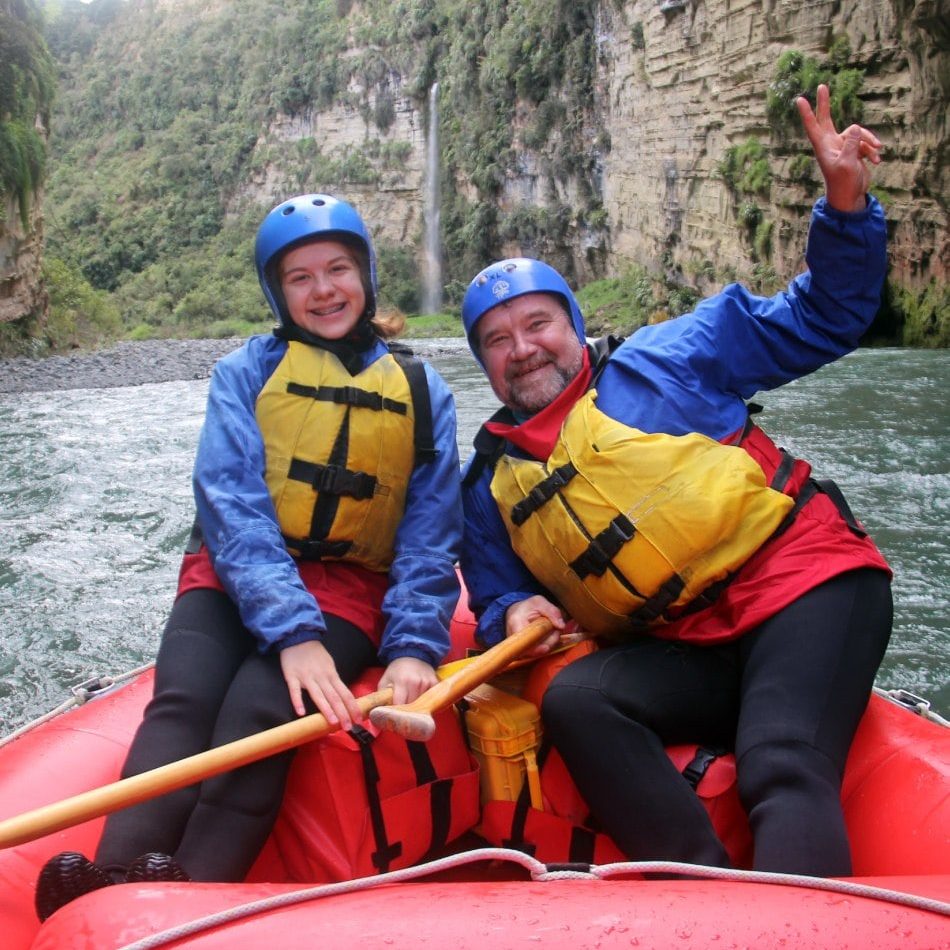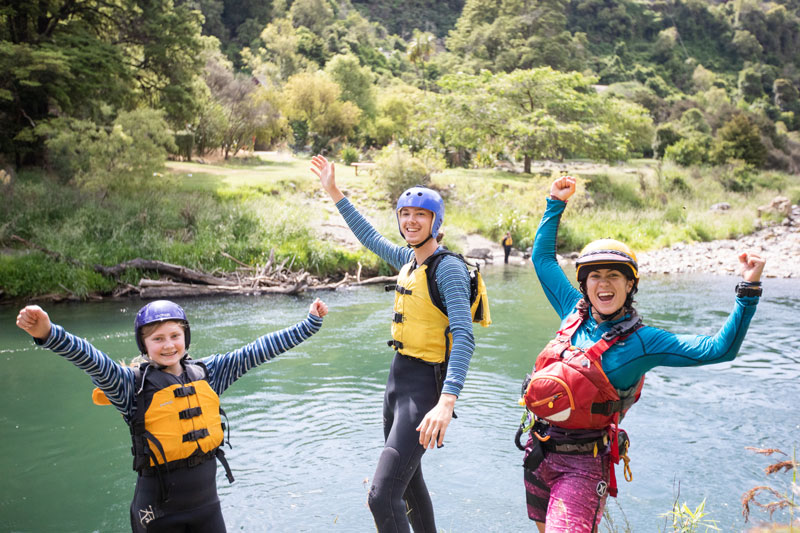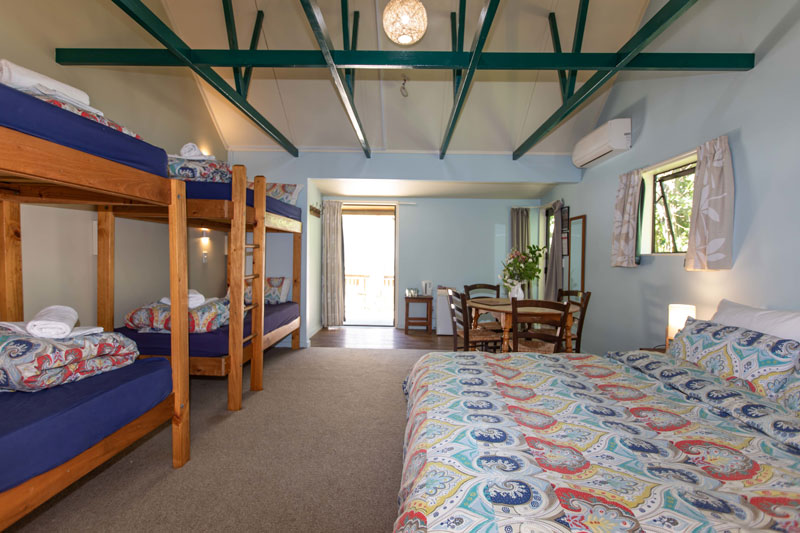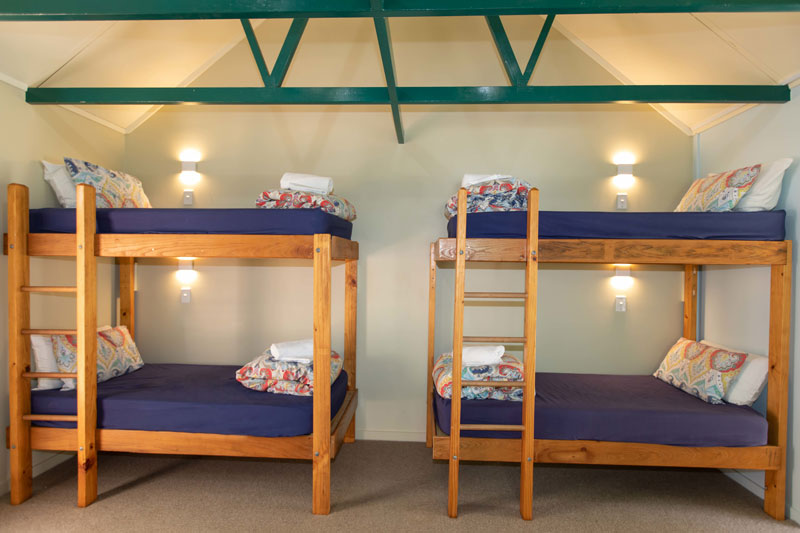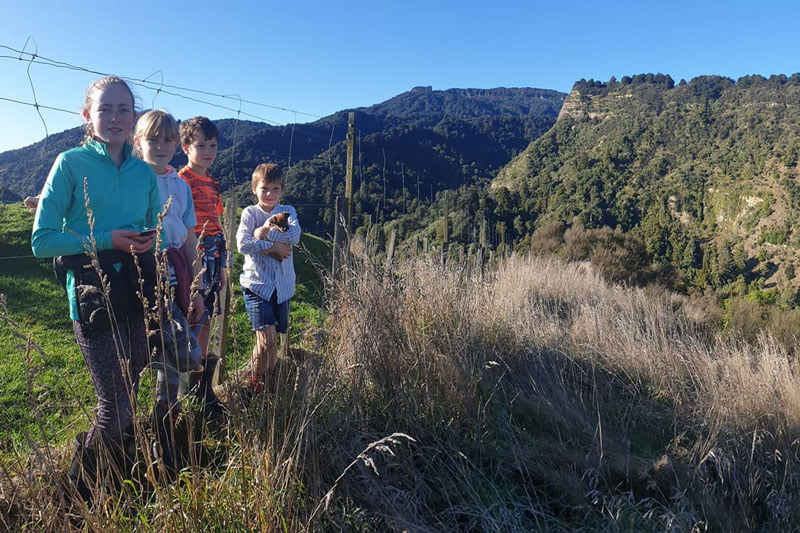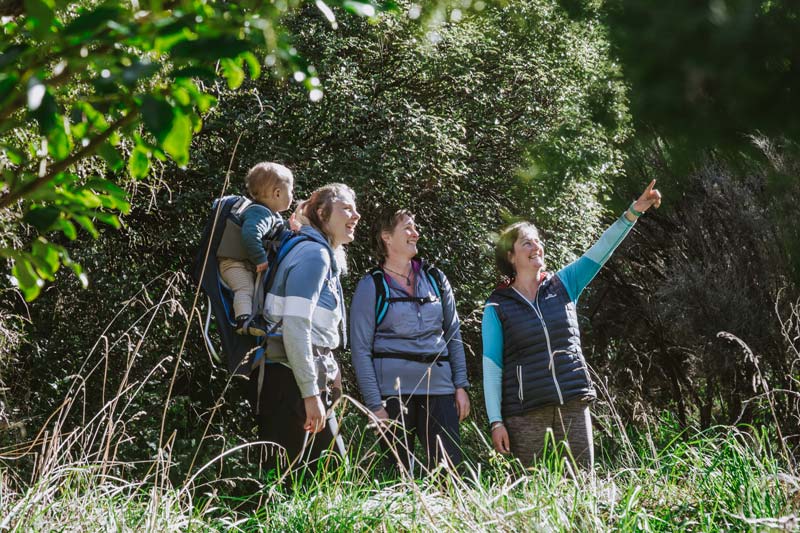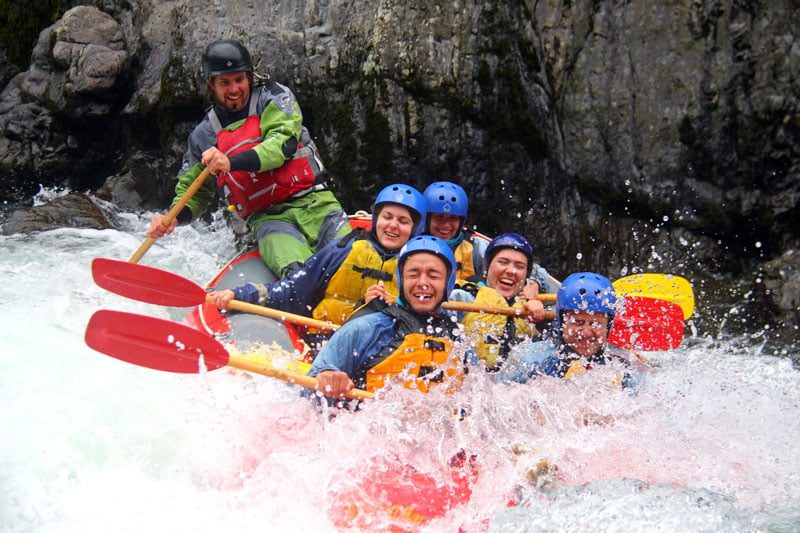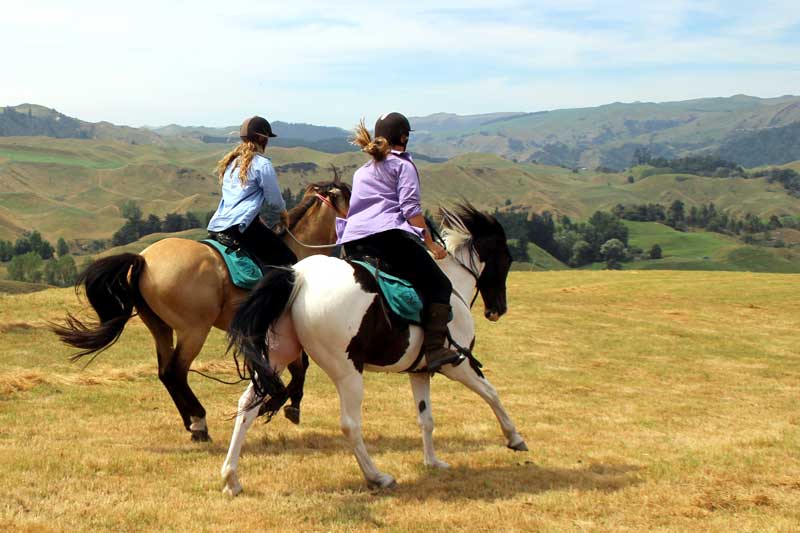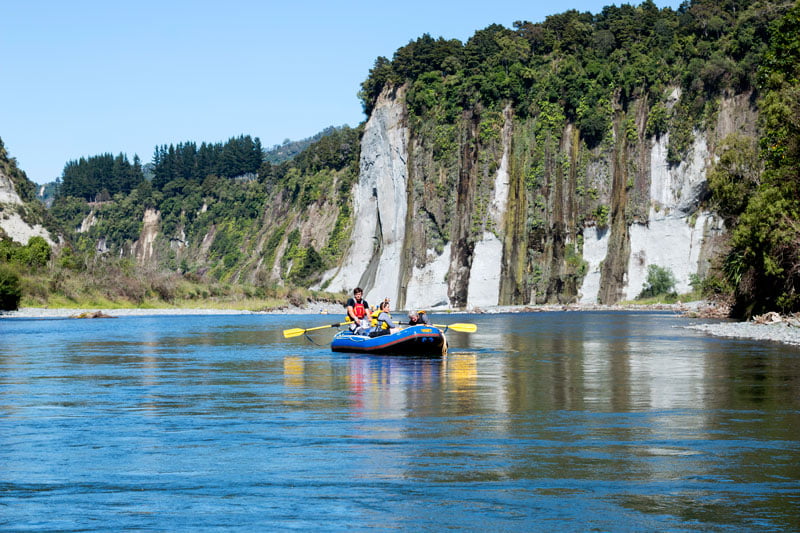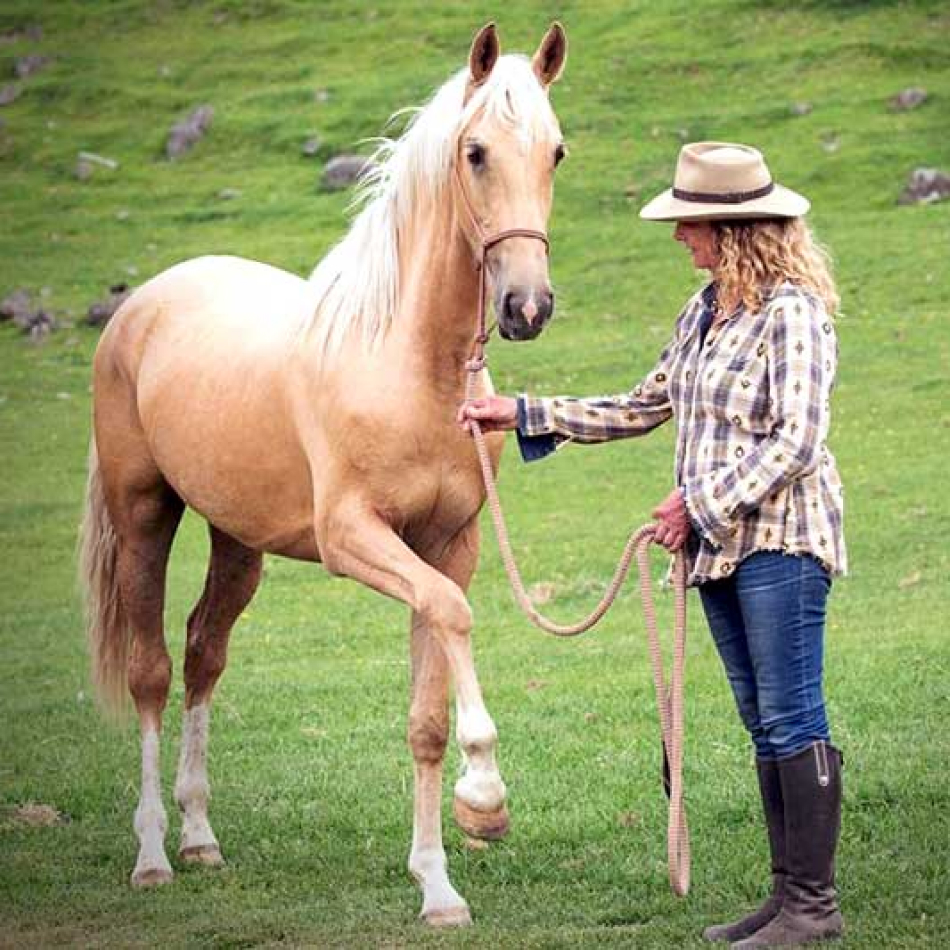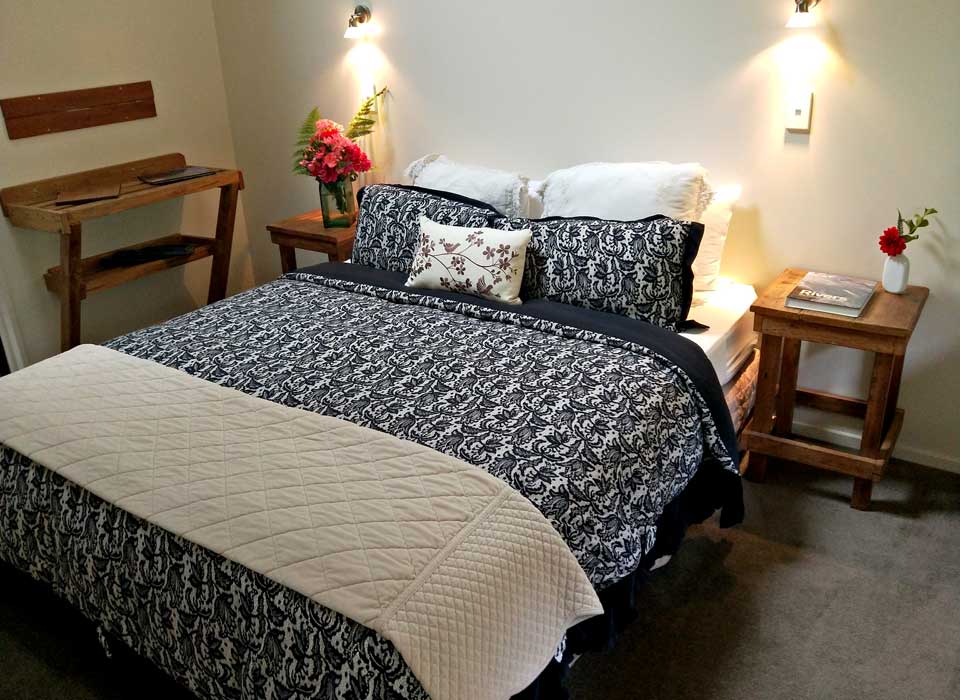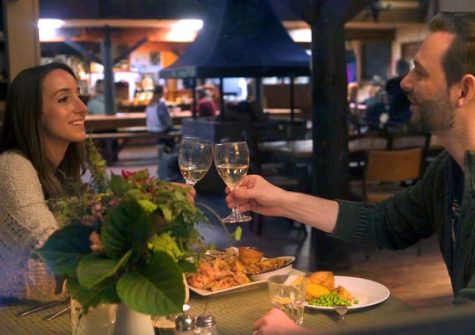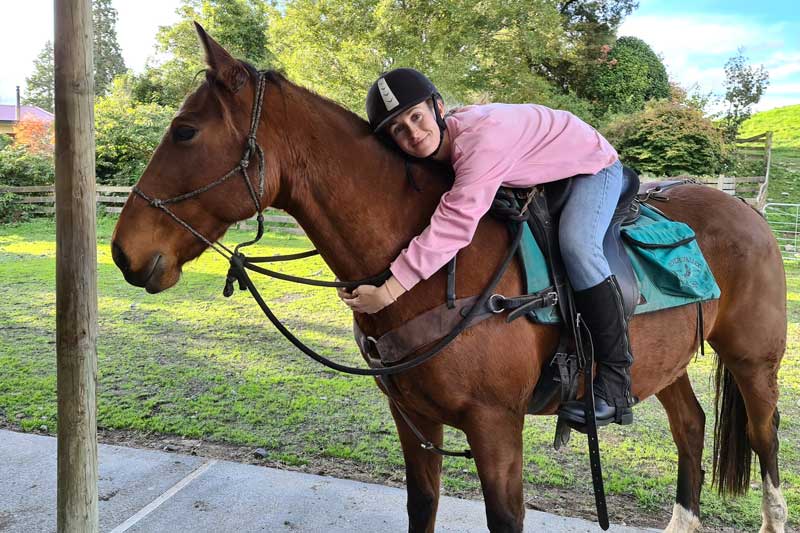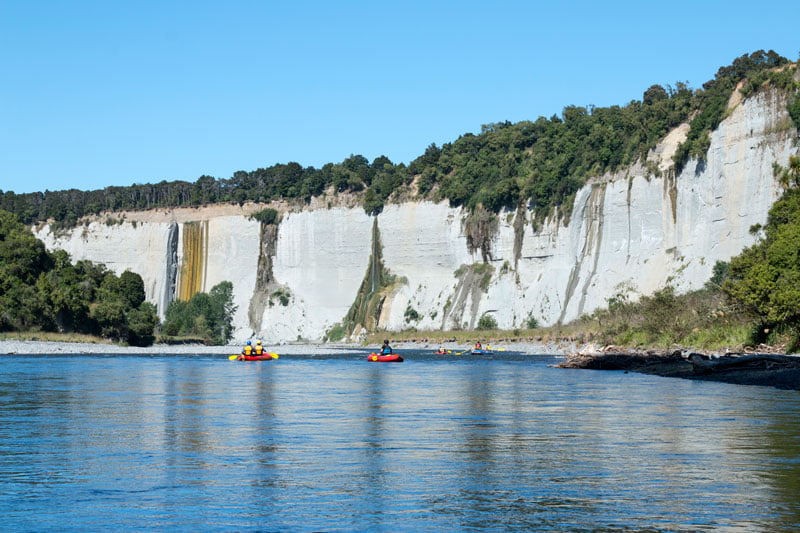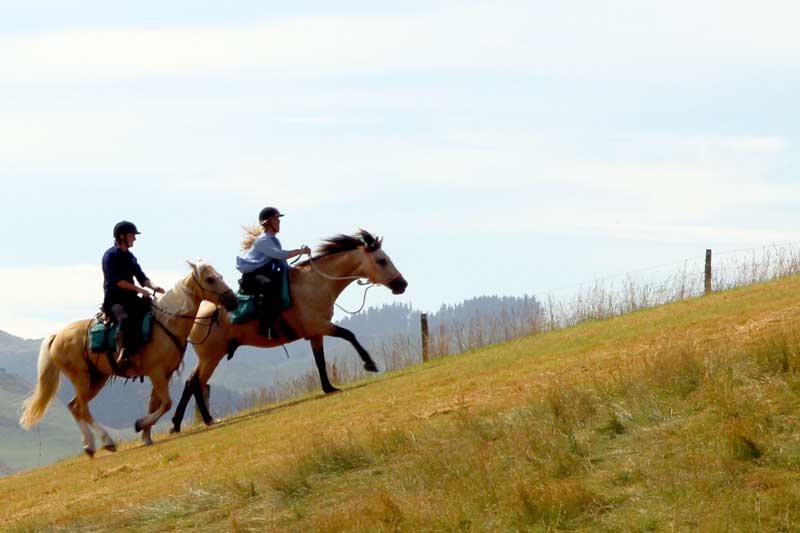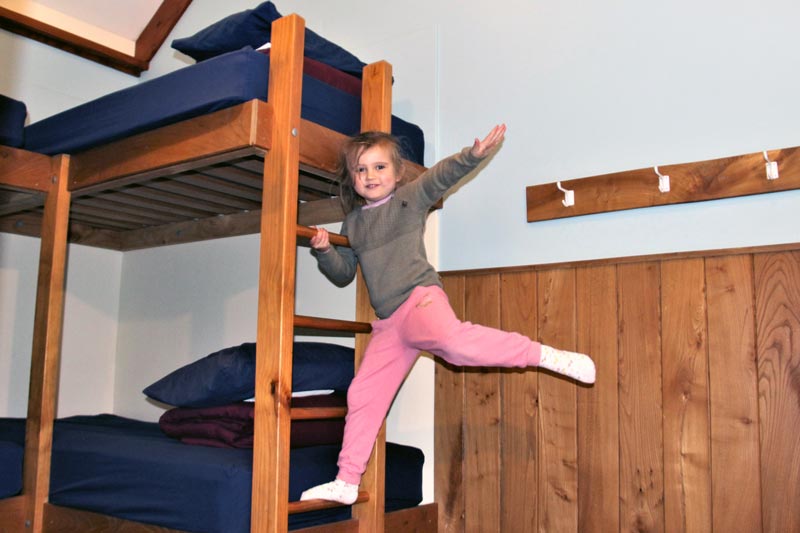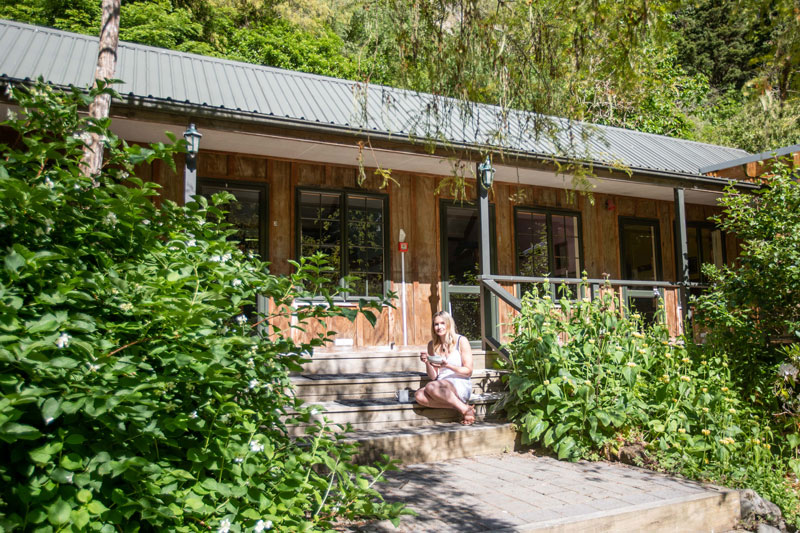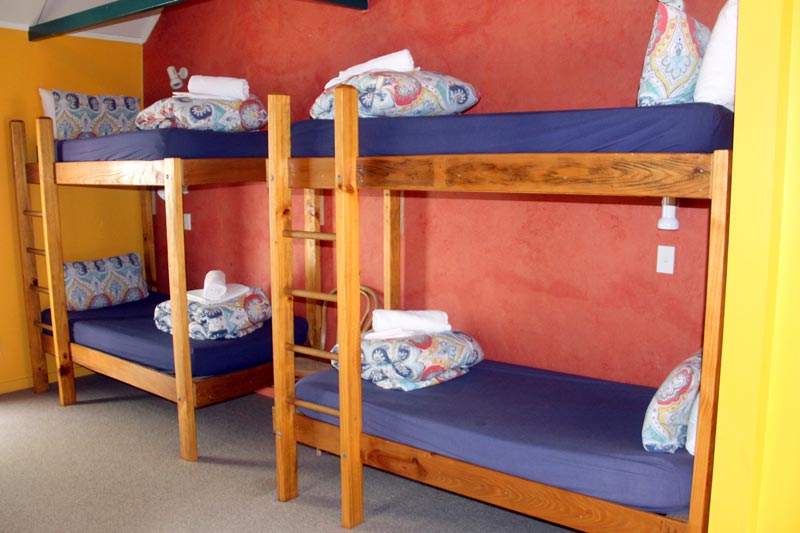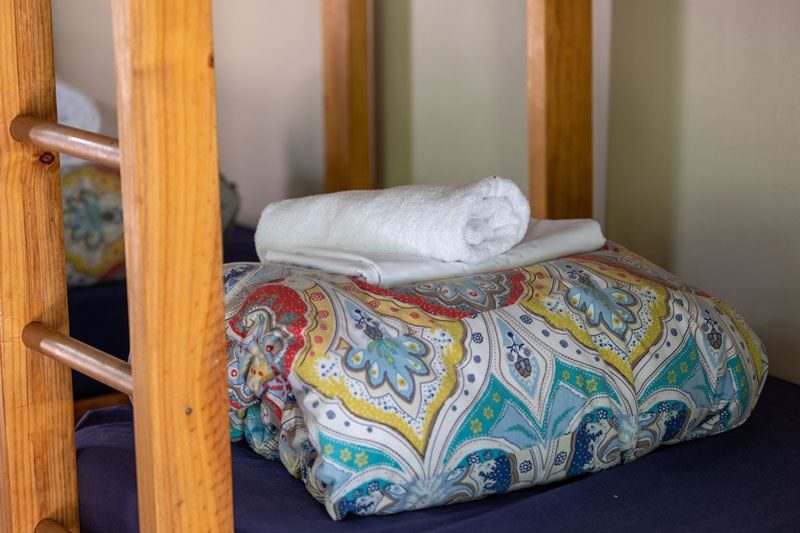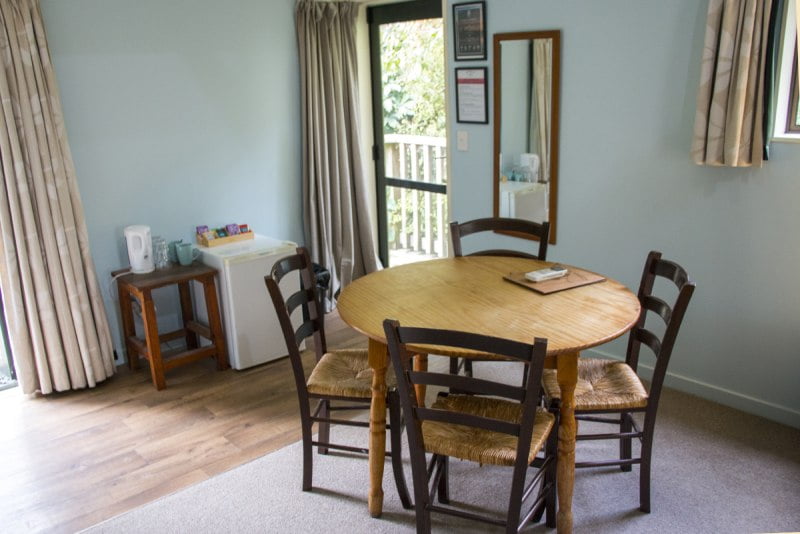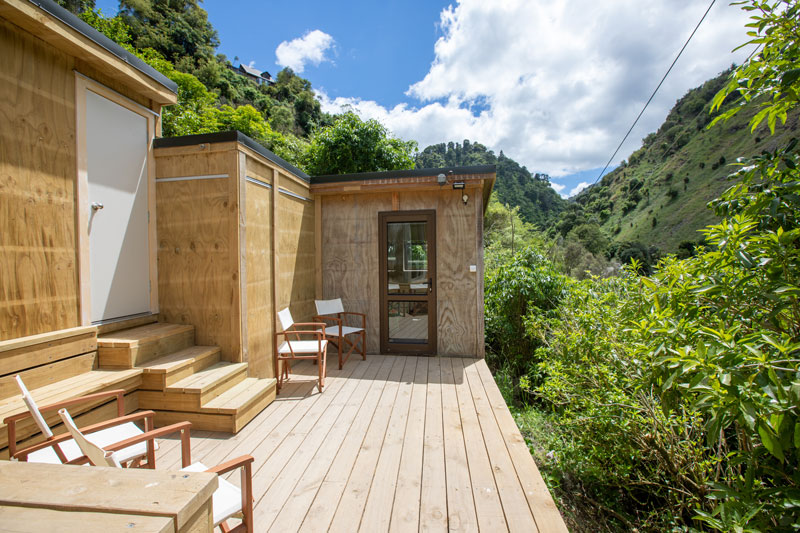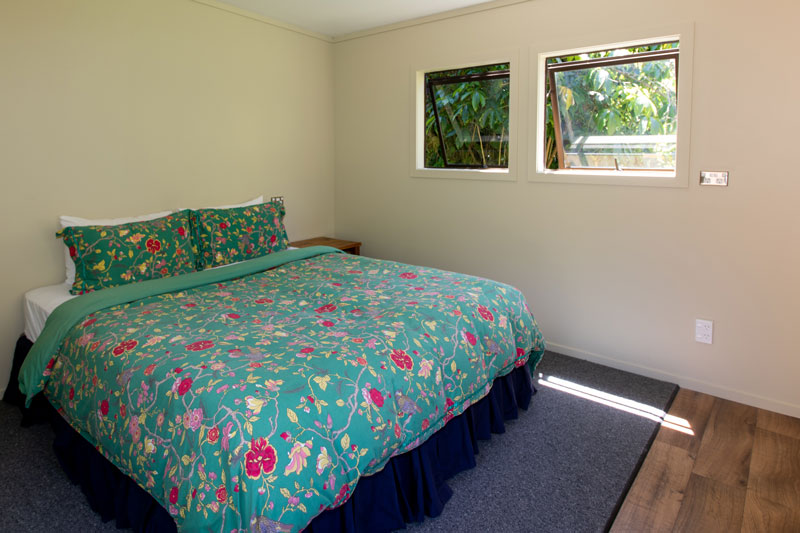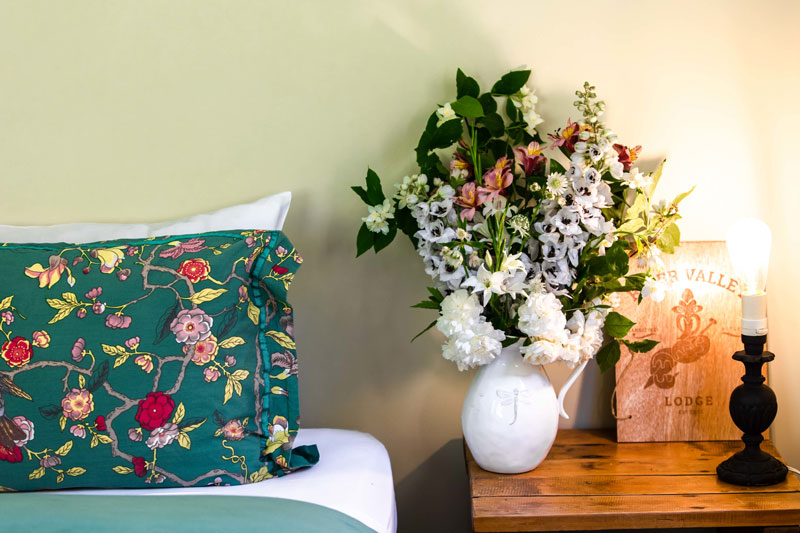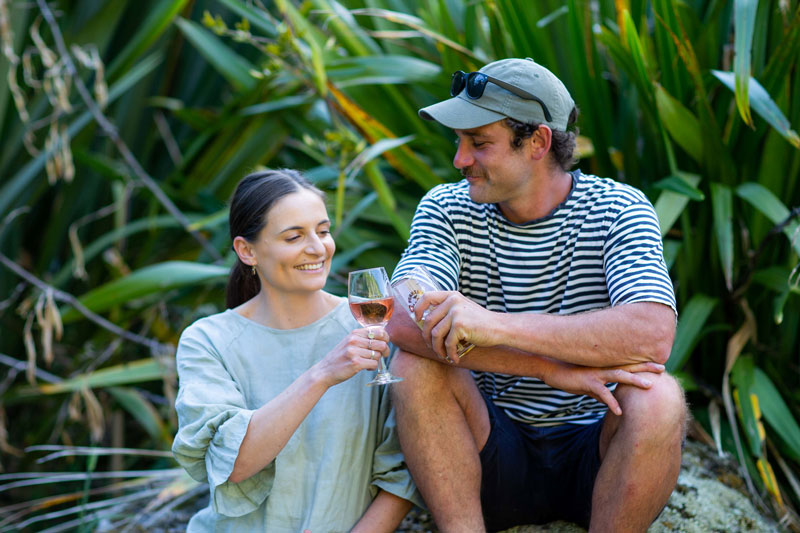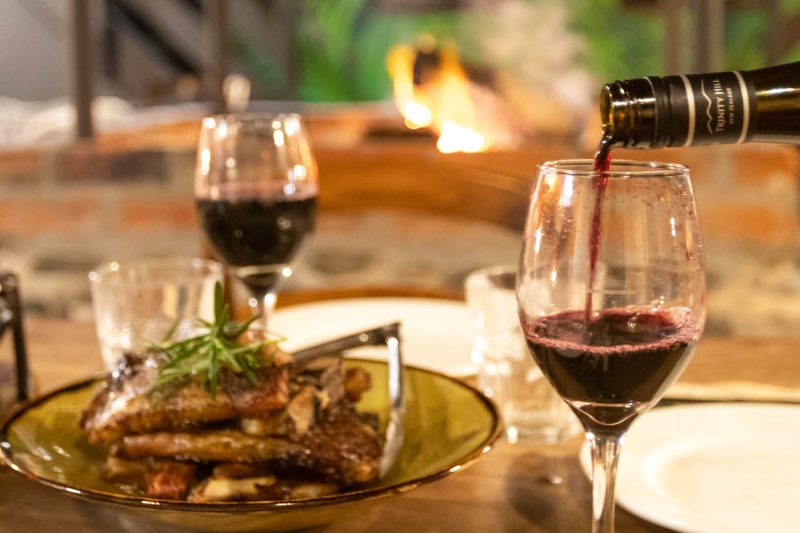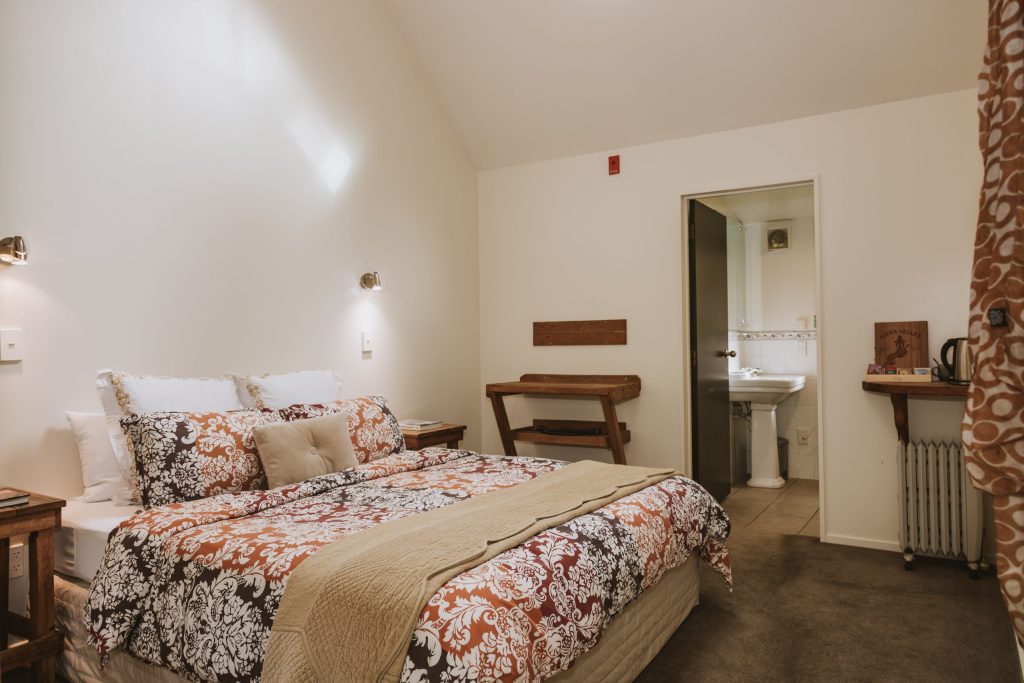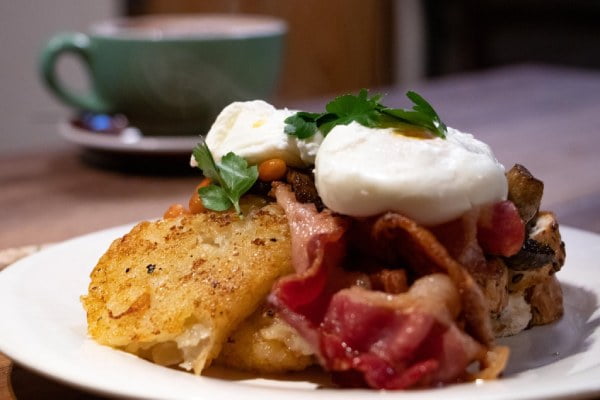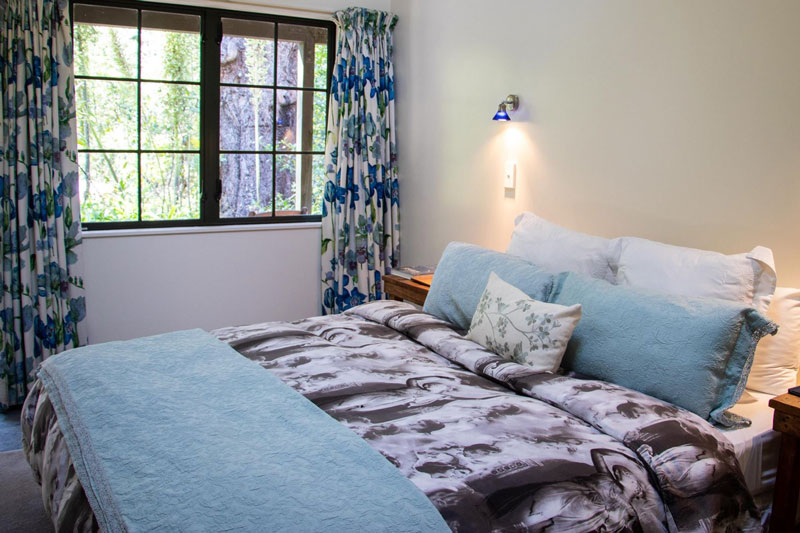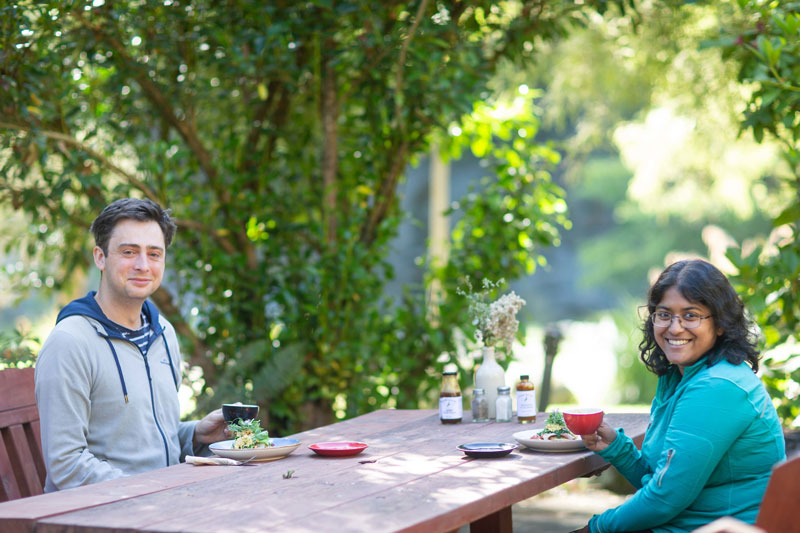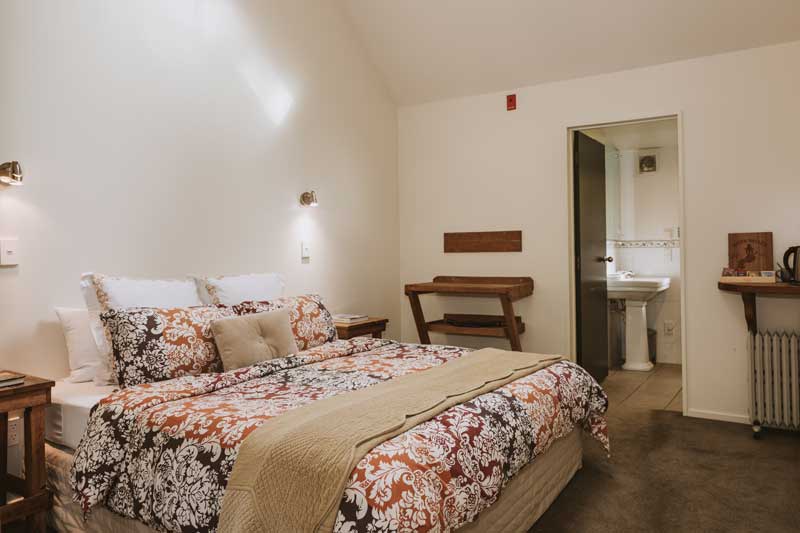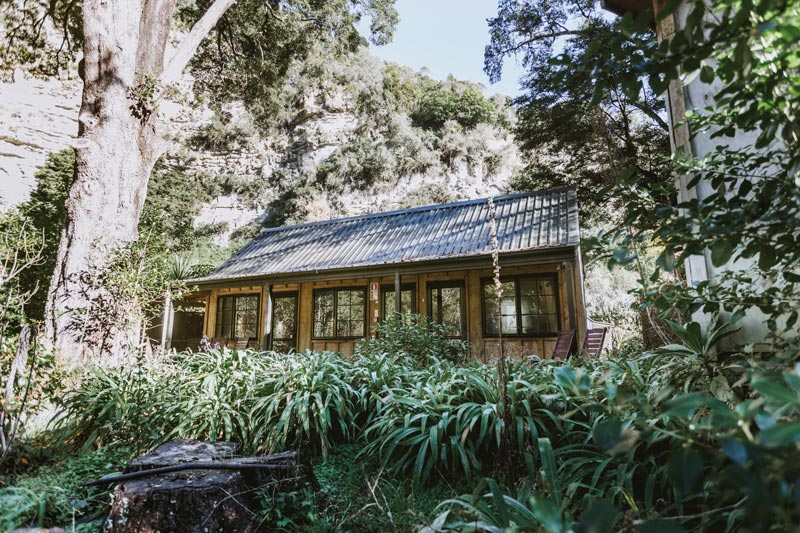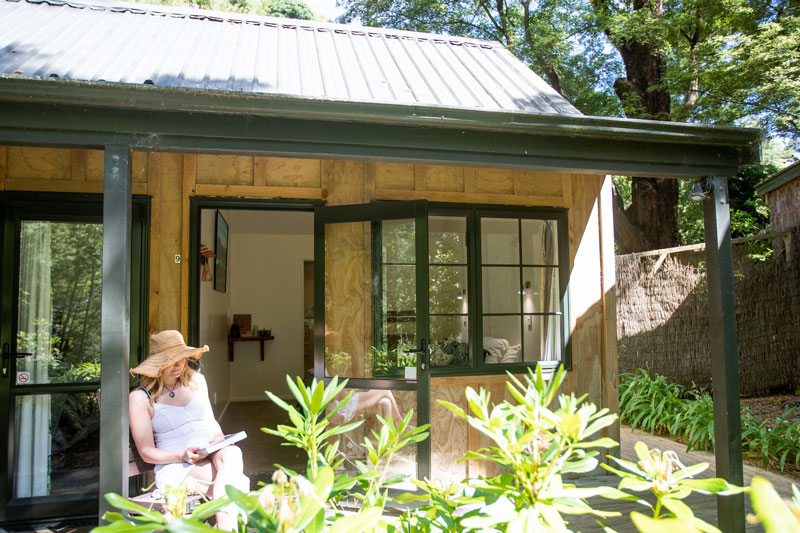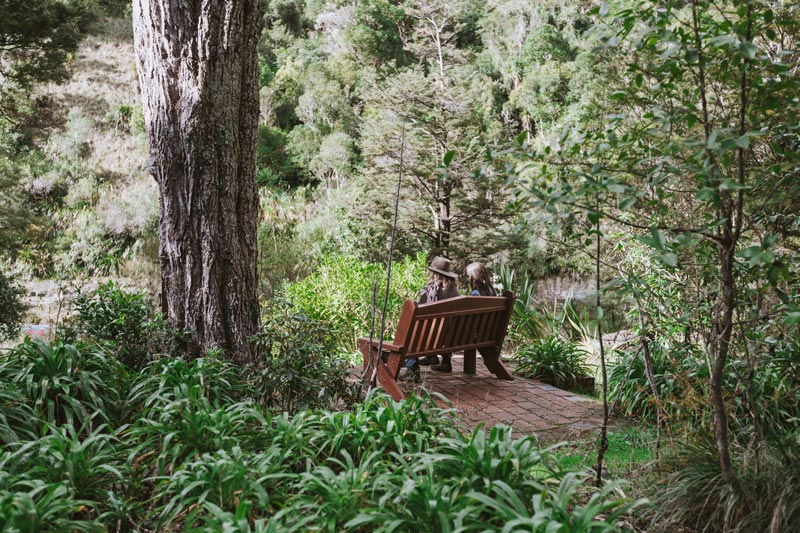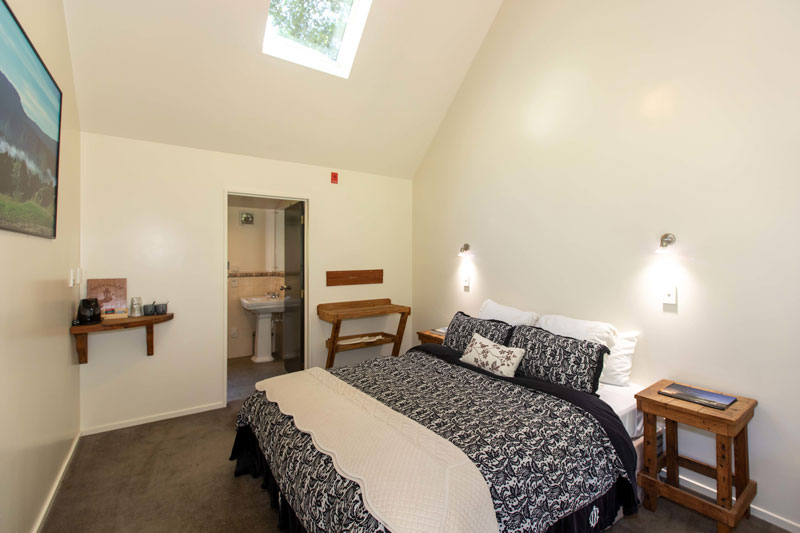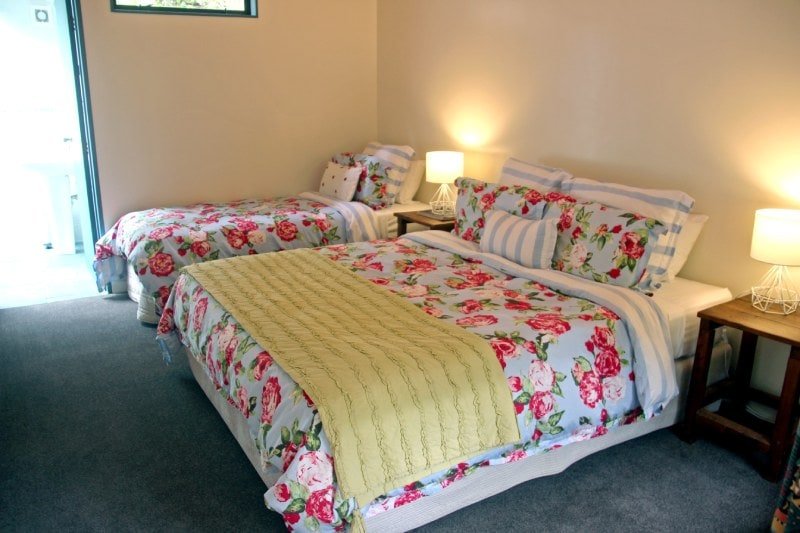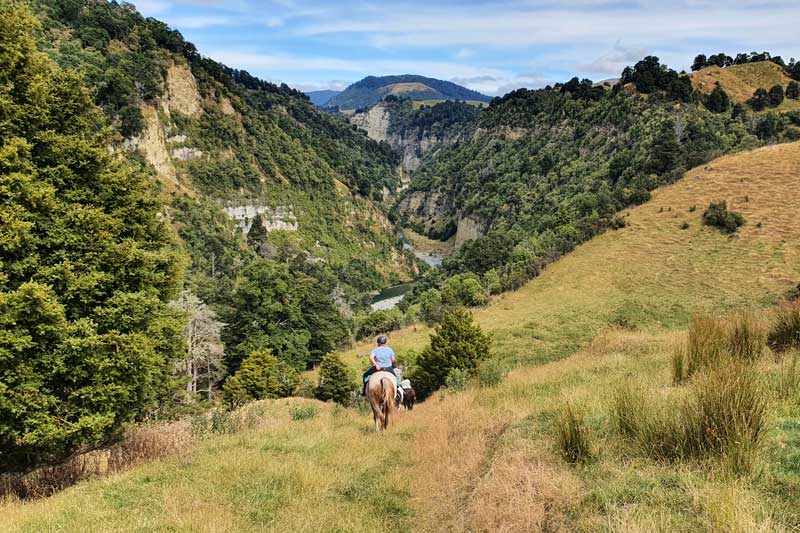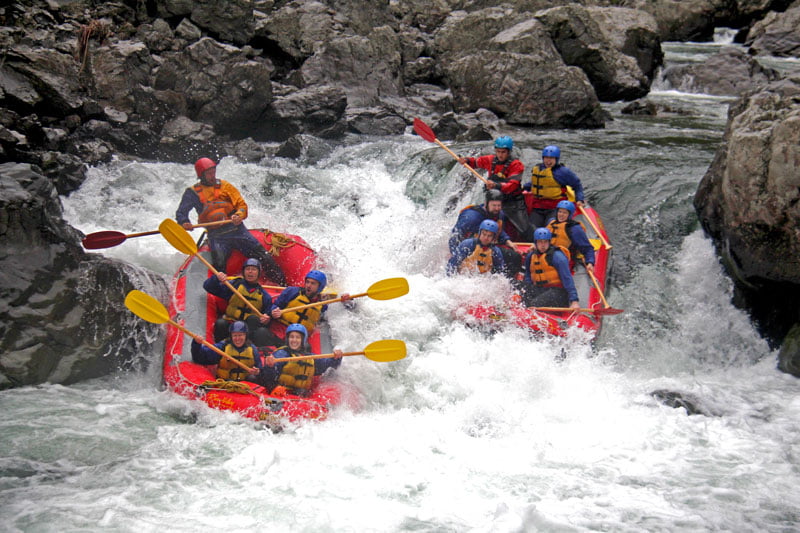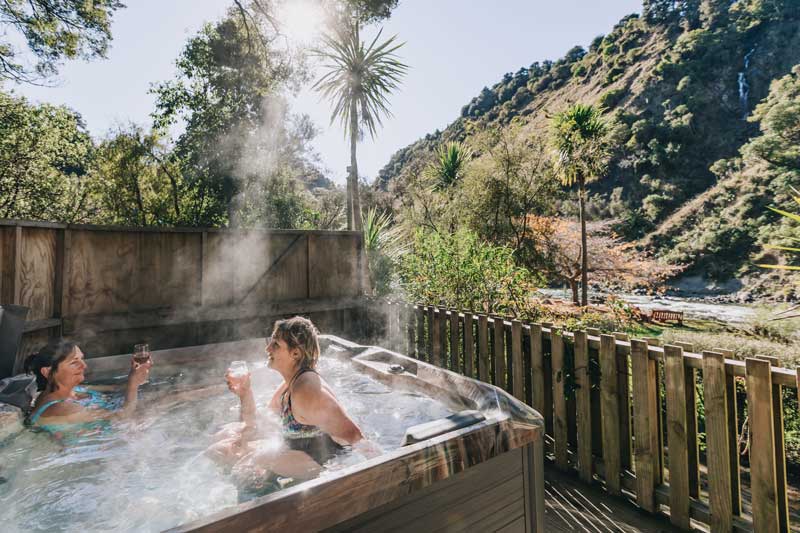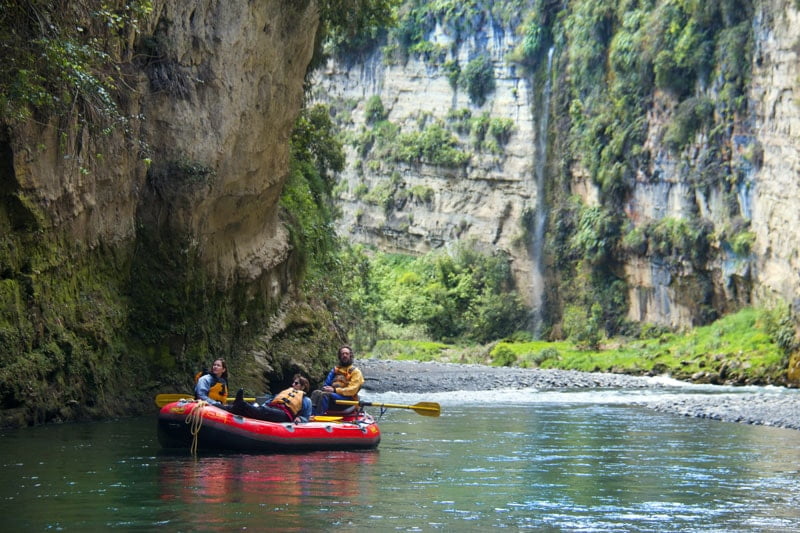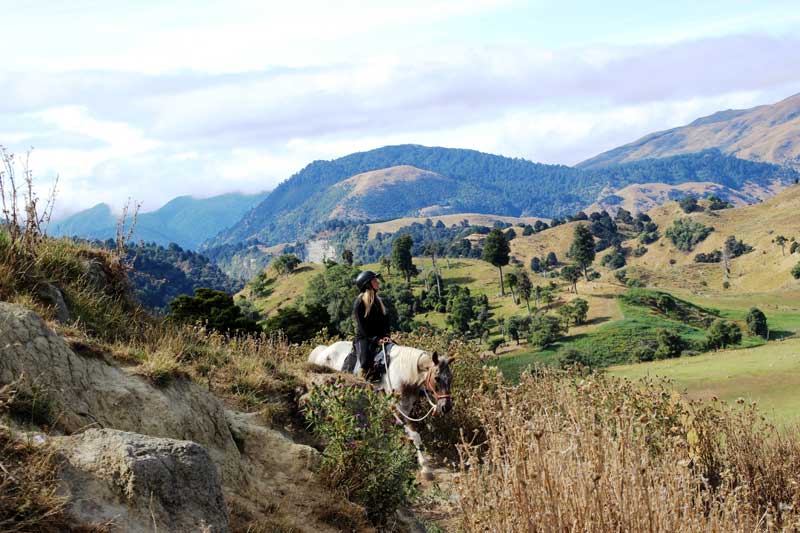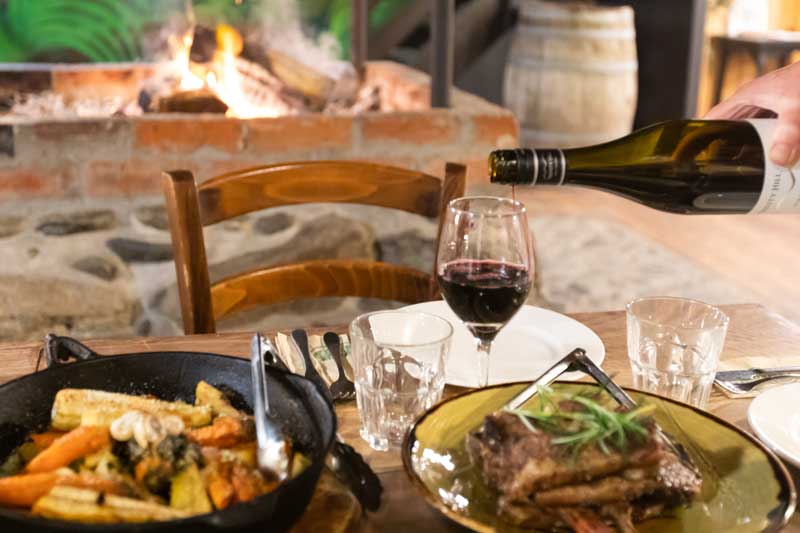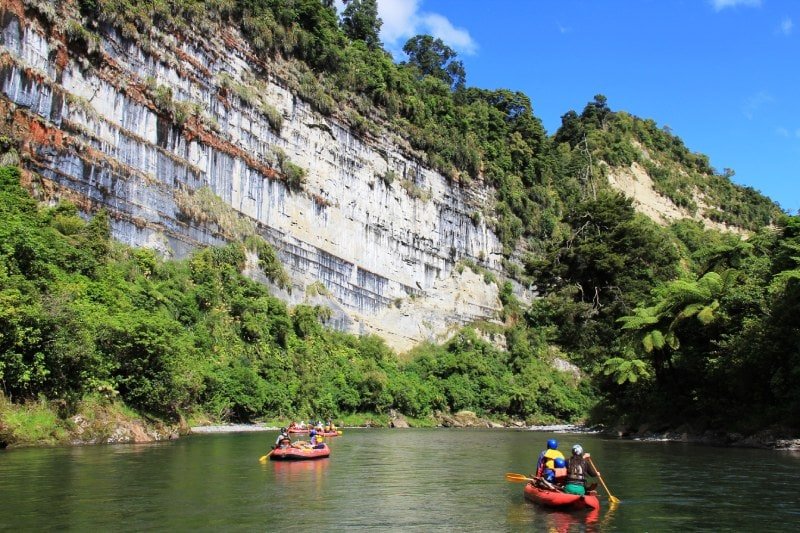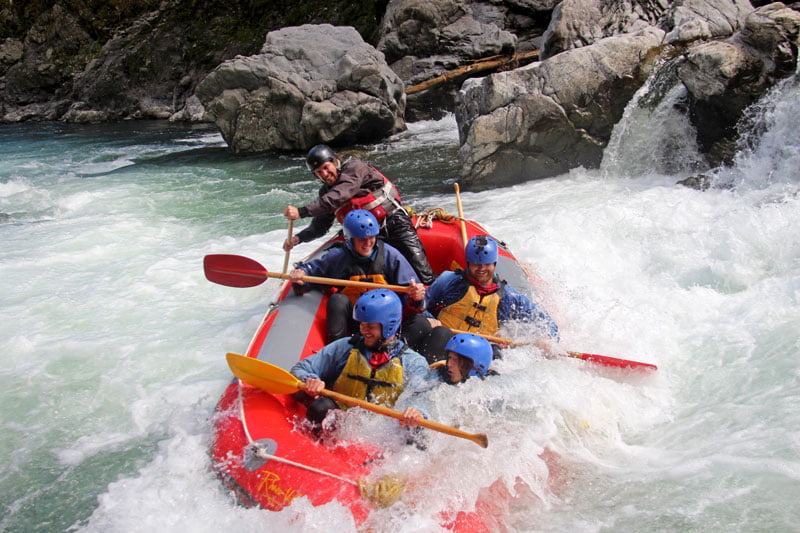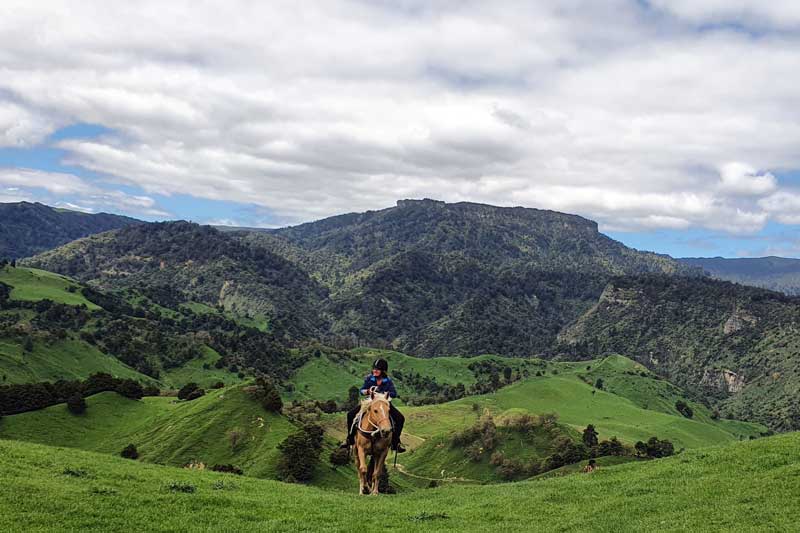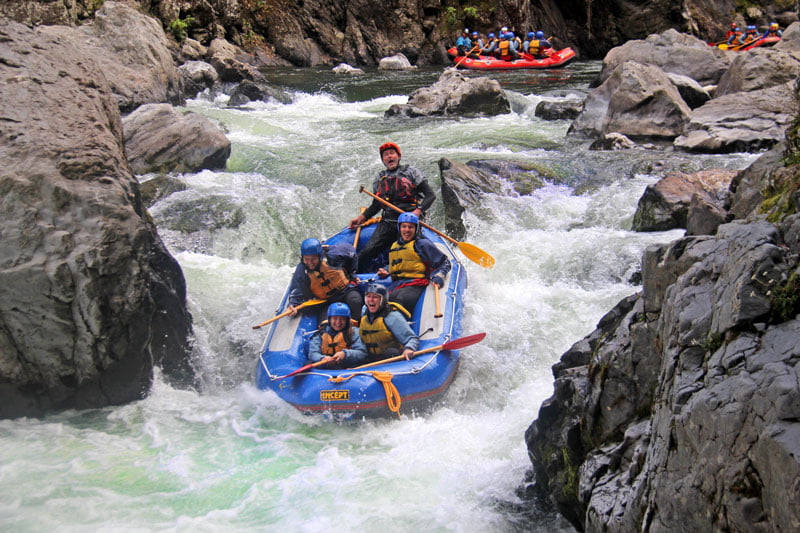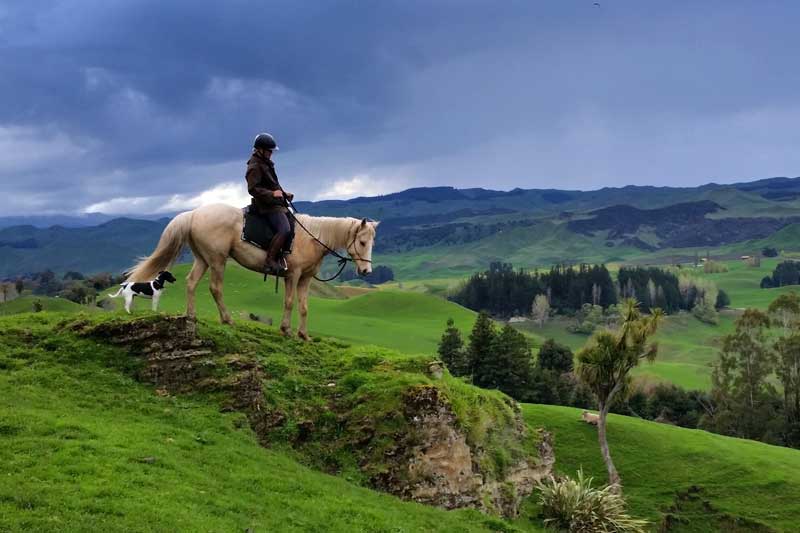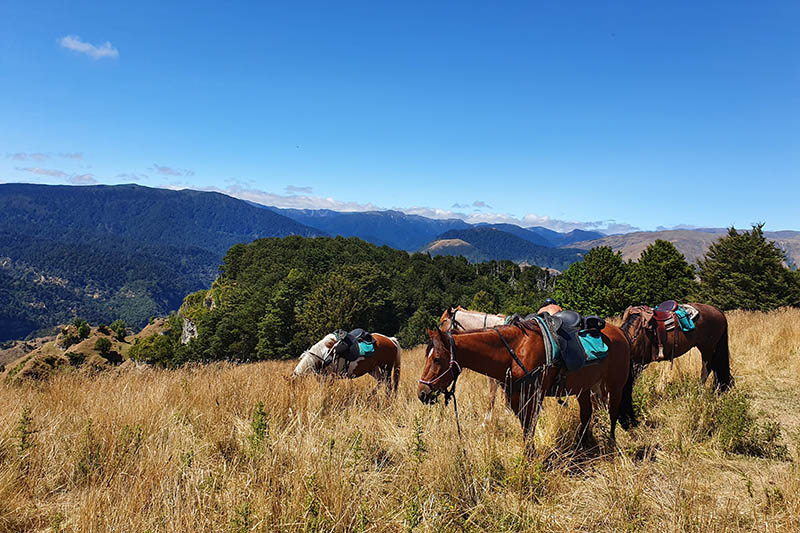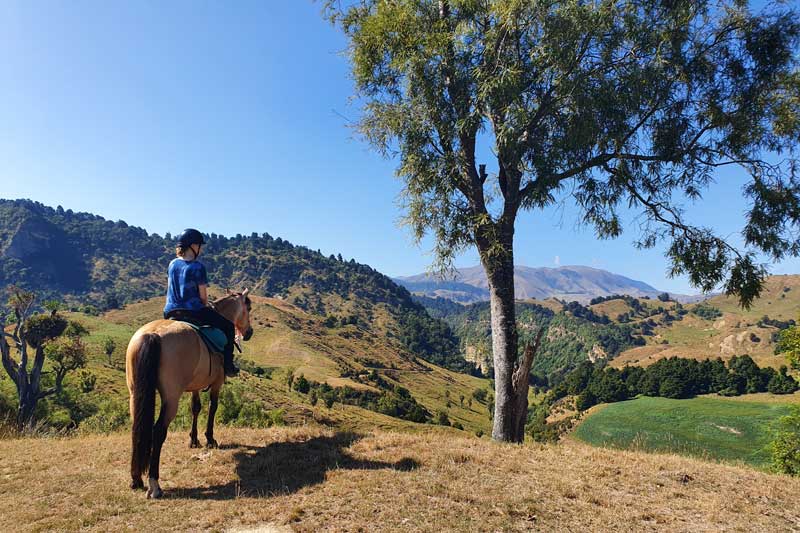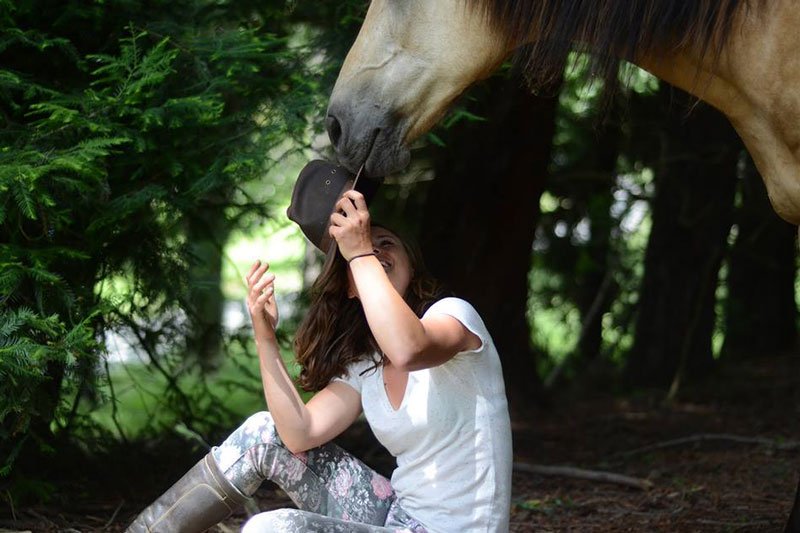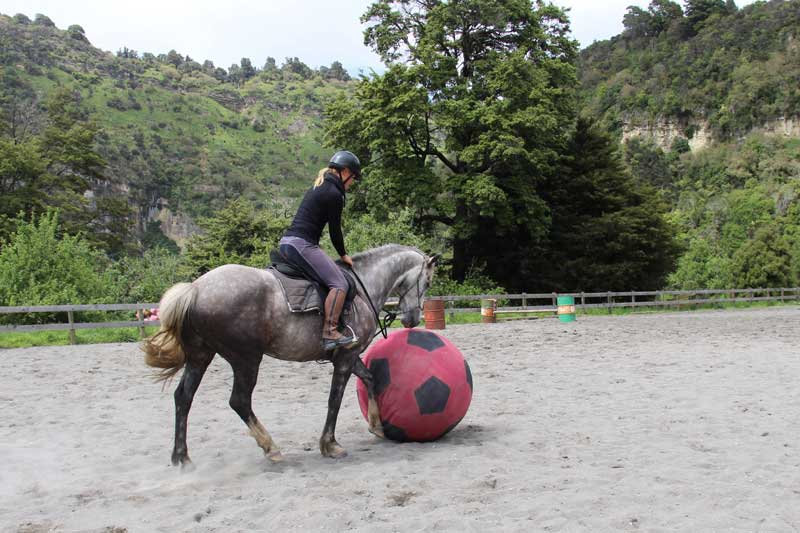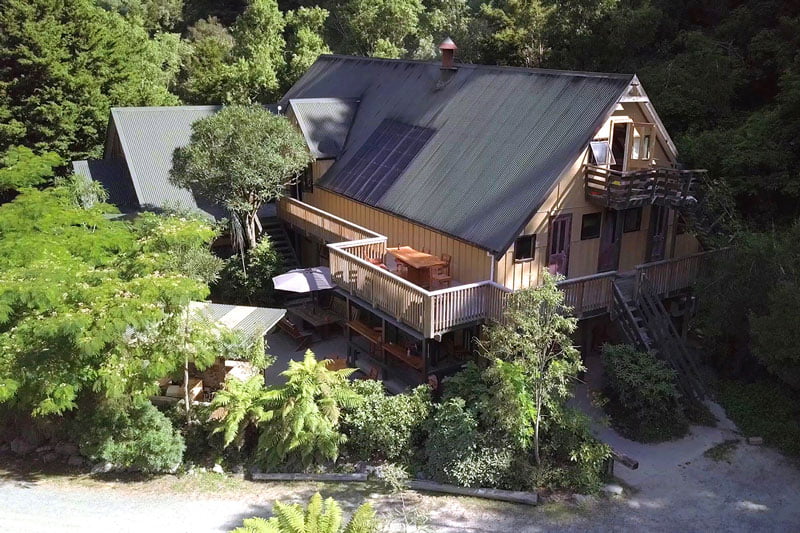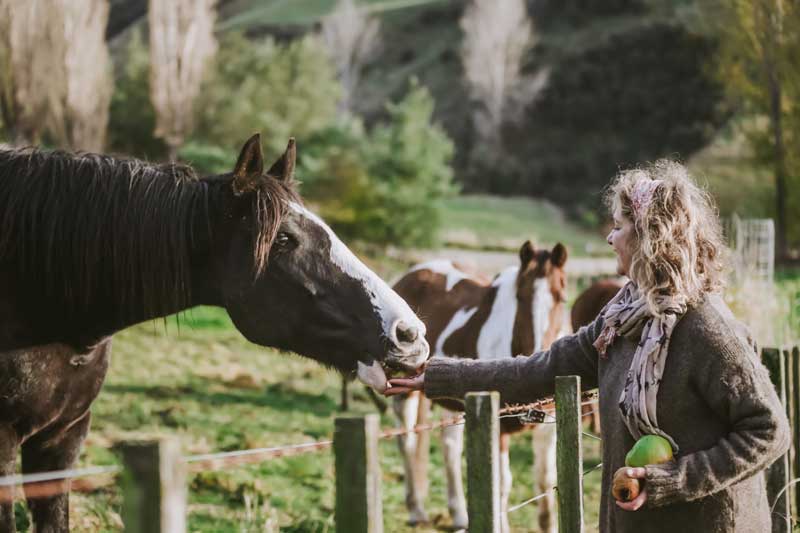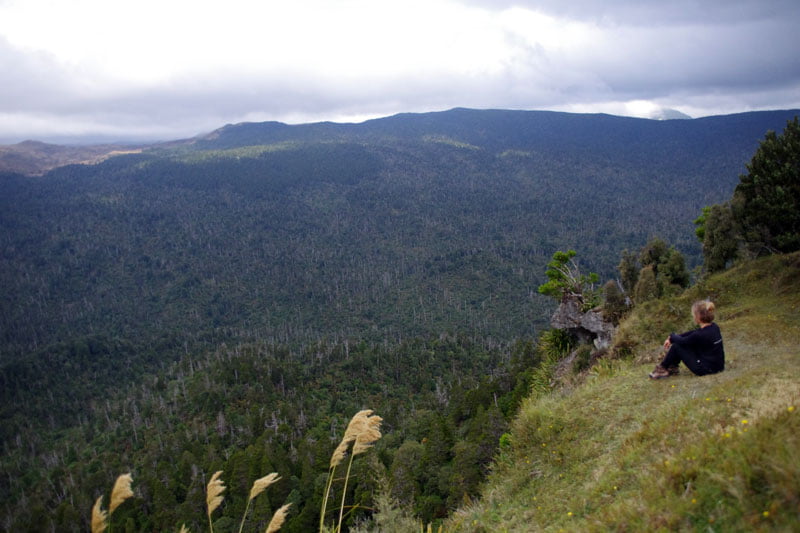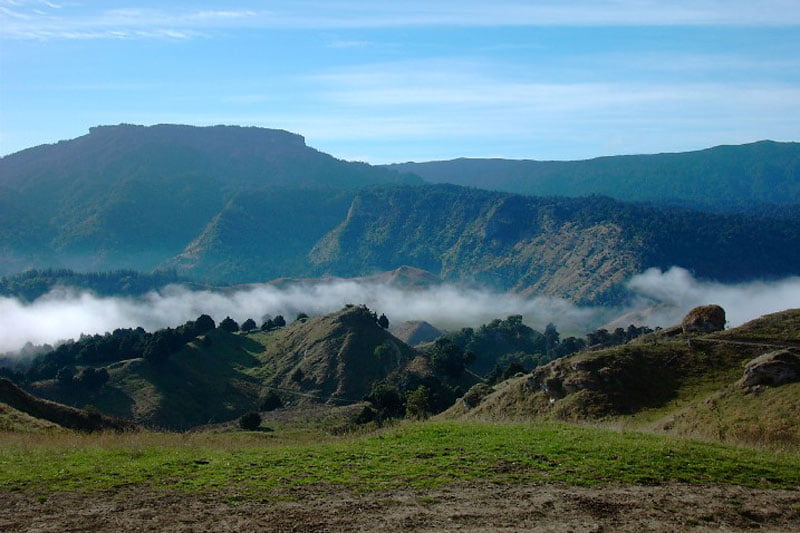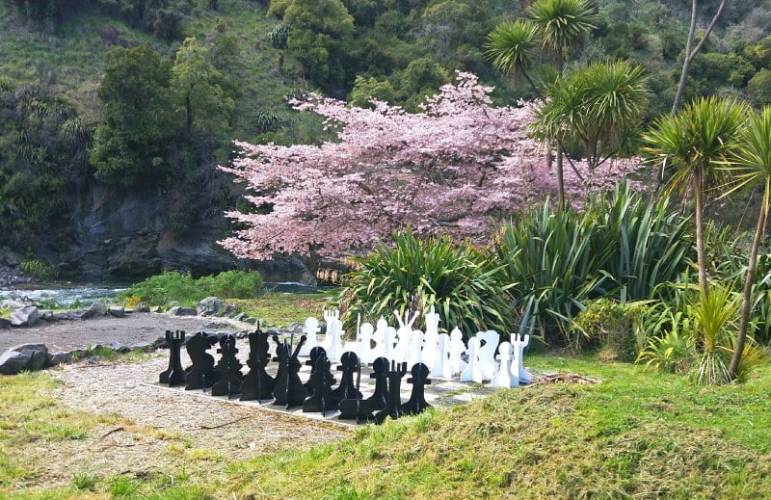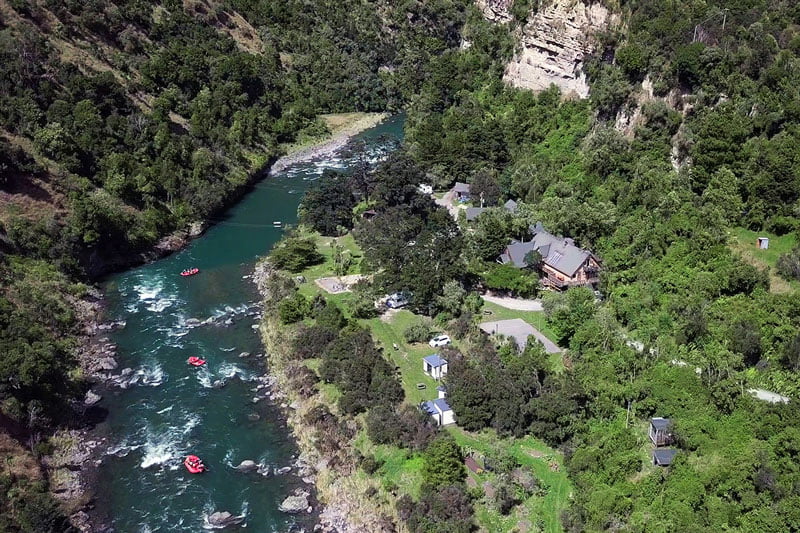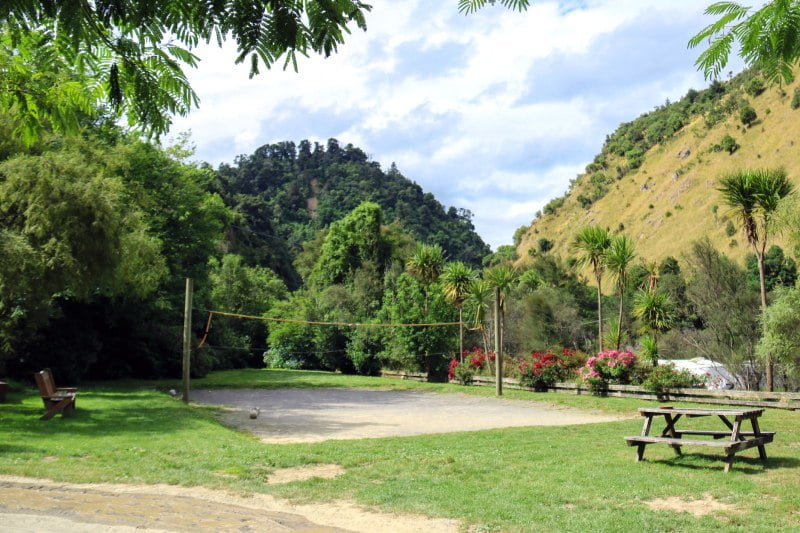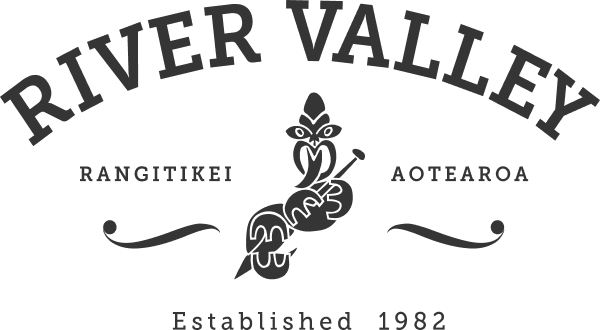Gabrielle, The River, and The Birds
Last week I spent a day checking the Stoat trap line we have downstream from River Valley Lodge on the Rangitikei River.
This particular line of about 40 traps consists of a mix of DOC 200 single and double, kill traps. The primary target species are stoats, but we invariably also kill many rats and a few hedgehogs. For those who don’t know, cute little hedgehogs are voracious predators of ground nesting birds’ eggs and chicks.
Why do we trap?
Trapping predators is an effective way to help New Zealand’s endemic species (such as many species of birds like the Whio or Blue Duck) safely breed and is essential if we are not to have more extinctions. Our endemic (only found here) species, in particular, evolved without introduced mammalian predators and have few, if any, defences against them. The way I look at it, we have a responsibility to do what we can to preserve these taonga or treasured species.
I left the lodge at about 9 am and had no issues for the first couple of kilometres. The traps had been untouched by flood waters and had the usual mix of dead rats or the occasional stoat or nothing at all in them.
That was the pattern until I reached the Whakaurekou River, a tributary of the Rangitikei River. The Whakaurekou comes in from river left, which is from the east, with its catchment in the Ruahine Ranges. These ranges experienced an enormous amount of rainfall during Cyclone Gabrielle.
From this point on, it was apparent to see how high the water level had come. I experienced a sinking feeling as I checked the first trap at the confluence. Gone! The trap had been placed well up the bank and had never even looked like being in a flood zone over the ten years it had been there. This was the pattern from that point on. Some traps were okay, some traps had been moved by the flood, but I found them, and some traps, about a third, had disappeared altogether.
The river itself has also experienced significant changes. Hundreds of year old trees have been ripped up by their roots and left lying on the bank. Some river flats are simply gone, while gravel ledges have replaced others or covered some in silt.
I have never seen anything like it in the almost 40 years I have worked on the river. It is still beautiful, but everywhere you can see what the power of that much water can do.
For the record, we lost eleven single DOC 200 traps and three double DOC 200 traps, a significant investment and setback to our conservation efforts. I imagine that some of the trap lines serviced by the members of the Ruahine Whio Collective, further back in the range, will also have taken a hammering. Reinstating these lines will take a significant effort.
All these conservation efforts are voluntary and not funded, except for the occasional grant by the government or other charitable organisations. The grants, as a rule, only cover hardware such as traps and don’t cover volunteers’ time spent checking them, fuel use or anything else. Still, we do it because we believe it is essential that the work gets done.
We generally don’t reach out to the general public for help with our projects, but the scale of setbacks from Gabrielle is unprecedented. Please get in touch with the Ruahine Whio Collective by going to https://www.rwp.org.nz/ if you can help donate toward trap replacement.
I will say thank you on the birds’ behalf.
By the way, we spotted three Whio on the river over the weekend. Once upon a time, seeing one of these birds was incredibly rare. While certainly not common yet, numbers do appear to be increasing.
Brian Megaw

